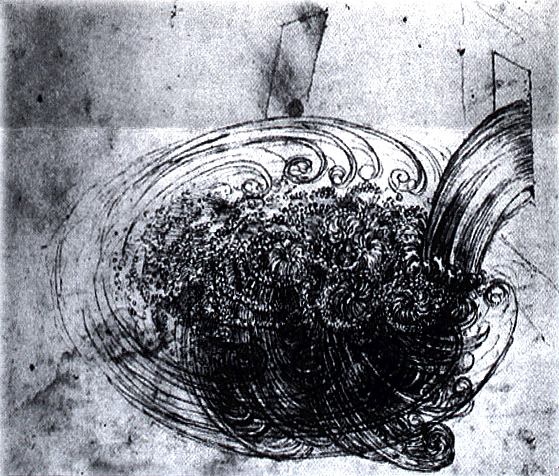
Policy and Grading
Learning Objectives
Video Lectures
Homework
Solutions
Exams
FYFD
NCFMF Films
Learning Objectives
After this course, students should be able to:
- Explain the physical properties of a fluid and their consequences on fluid flow and heat transfer, expressed in terms of the Reynolds number, Nusselt number, and other dimensionless quantities.
- Use conservation principles of mass, momentum, and energy to develop models of fluid flow and heat transfer systems that can be used to predict the behavior of real world systems.
Measureable outcomes
- Students have proficiency in describing and using basic principles underlying the study of fluid dynamics, including hydrostatics, incompressible and compressible flow, viscous and inviscid flow, steady and unsteady flow, surface tension and bouyancy.
- Students can create conceptual and quantitative models of inviscid, steady fluid flow over simple bodies in channels.
- Students have proficiency in describing and using basic principles underlying the study of heat transfer, including conduction, convection, and transient heat transfer.
- Students can estimate heat transfer rates in simple engineering situations.
- Students can determine the appropriate dimensionless quantities necessary for modeling and scaling fluid flow and heat transfer systems.
- Students can explain the basic concepts of transport phenomena to a high school senior or person with little technical background.
- Students have an understanding and appreciation for the implications of the science of transport phenomena on society as a whole, and recognize connections between transport phenomena and other areas of study.